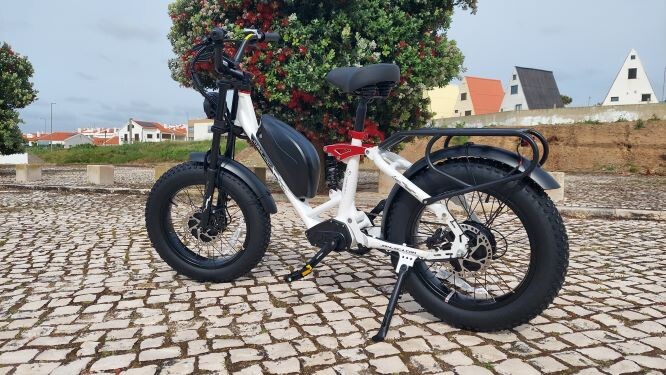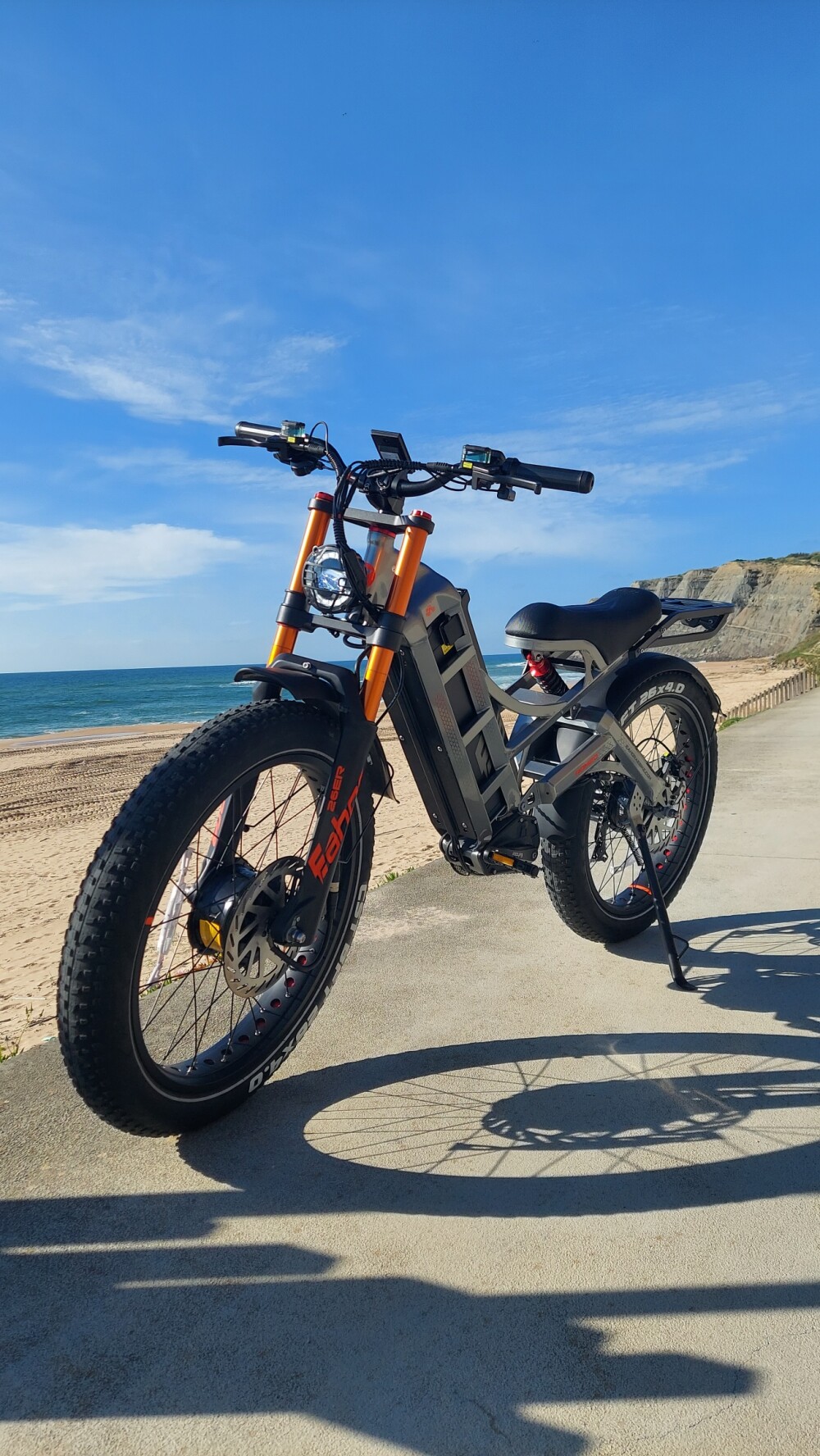🧵 Bicycle Spokes – Types, Lacing Patterns, and Performance Tips
🧵 Bicycle Spokes – Types, Lacing Patterns, and Performance Tips
Spokes are the thin rods that connect the hub to the rim, forming the skeleton of the wheel. Despite their small size, they are crucial for strength, weight distribution, and overall wheel performance. Understanding different spoke materials, thicknesses, and lacing patterns helps cyclists optimize their wheels for durability, aerodynamics, and riding style.
🔧 Key Spoke Features
- Material: Stainless steel (durable and standard), aluminum (lightweight and stiff), carbon fiber (light, aero), bladed spokes for aerodynamic efficiency.
- Shape: Round versus bladed/flat for reduced air resistance.
- Diameter / Gauge: Thicker spokes offer more strength; thinner spokes reduce weight.
- Lacing Pattern: Radial, 2-cross, 3-cross, or hybrid arrangements influence torque transfer and wheel stiffness.
- Tension: Correct tension is vital for wheel trueness and longevity.
🚴 Common Spoke Lacing Patterns
🔄 Radial
Spokes run straight from hub to rim without crossing each other.
- Best for: Front wheels on road bikes, lightweight setups.
- Advantages: Lightweight, stiff, aerodynamic.
- Limitations: Not recommended for rear drive-side wheels due to poor torque transfer.
✖ Crossed (2×, 3×, 4×)
Spokes cross over each other before reaching the rim, distributing torque and absorbing impact loads.
- Best for: Rear wheels, MTB, touring bikes.
- Advantages: Strong, durable, efficient torque transfer.
- Limitations: Slightly heavier; modest aerodynamic penalty.
🌀 Hybrid / Mixed Patterns
Combination of radial and crossed spokes, typically used in high-performance wheels.
- Best for: Racing wheels that require both stiffness and torque efficiency.
- Advantages: Balanced strength, aerodynamics, and reliability.
💡 Spoke Maintenance and Selection Tips
- Choose material based on use: bladed or carbon for aero racing, stainless steel for longevity.
- Maintain proper tension to prevent broken spokes or wheel deformation.
- More spokes = stronger, heavier wheels; fewer spokes = lighter, stiffer, may be less durable.
- Check tension regularly and true the wheel to extend lifespan.
- Consider spoke length, hub flange size, and rim diameter when building or replacing wheels.
❓ FAQ – Bicycle Spokes
Q1. How can I tell if a spoke is too loose?
A wheel may feel wobbly, produce noise, or fail to maintain tension; using a truing stand can help measure tension accurately.
Q2. Can I mix different spoke materials?
Not recommended, as varying tension properties may compromise wheel stability.
Q3. What’s the difference between straight-pull and J-bend spokes?
Straight-pull spokes insert directly into the hub, reducing stress at the bend; J-bend spokes curve at the hub flange and are more common.
Q4. How often should I inspect my spokes?
At least every few months for casual riders; after rough MTB rides, check more frequently.
Learn more in our complete FAQ.
🔗 Related Articles
- Bicycle Components Explained
- Road Bikes – Speed, Endurance & Performance
- Mountain Bikes (MTB)
- Gravel Bikes – Versatility On & Off Road
- Urban & Commuter Bikes
The Ultimate Cycling Guide: Bikes, Gear, Training & Lifestyle
- Explore our Ultimate Cycling Guide to gain comprehensive knowledge about cycling, build confidence, and improve your skills on two wheels.







































